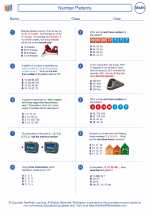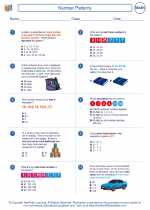Understanding the Concept
Recursive repetition involves breaking down a problem into smaller, similar sub-problems and solving each sub-problem iteratively until a base case is reached.
Example
Consider the Fibonacci sequence, where each number is the sum of the two preceding ones, usually starting with 0 and 1. The sequence goes like this: 0, 1, 1, 2, 3, 5, 8, 13, 21, and so on. This can be calculated recursively by adding the two previous numbers together.
Key Components
- Base Case: The condition that stops the recursive repetition. In the Fibonacci sequence, the base case would be reaching the first or second number in the sequence.
- Recursive Step: The step that breaks the problem into smaller, similar sub-problems. In the Fibonacci sequence, this is the step where the sum of the previous two numbers is calculated.
Applications
Recursive repetition is used in various algorithms and mathematical problems, such as calculating factorials, searching through data structures, and solving certain types of equations.
Challenges
While recursive repetition can be an efficient way to solve certain problems, it can also lead to performance issues if not implemented carefully. It can also be challenging to debug recursive functions.
.◂Math Worksheets and Study Guides Sixth Grade. Number Patterns

 Worksheet/Answer key
Worksheet/Answer key
 Worksheet/Answer key
Worksheet/Answer key
 Worksheet/Answer key
Worksheet/Answer key
